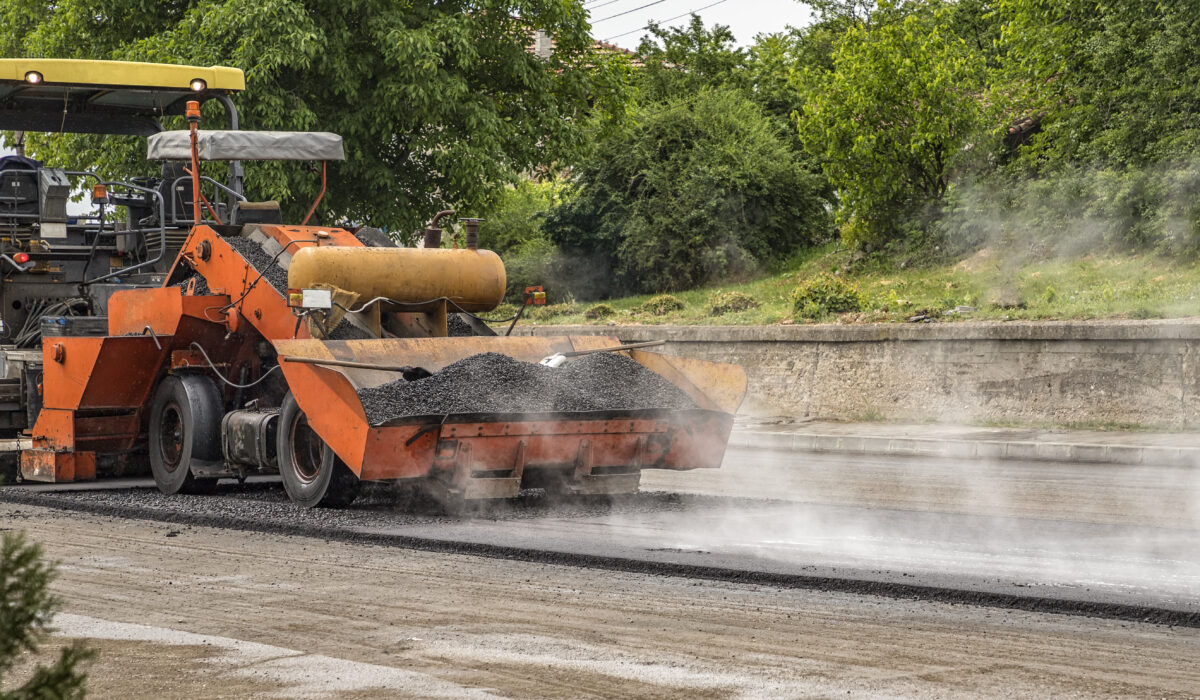Roads & Railway Construction using Geosynthetic
In infrastructure development, geosynthetics have transformed the construction of roads and railways. Not only do new transport systems need to be constructed, but existing roads, highways, railways, and bridges also require renovation or upgrades due to issues with road quality or maintenance.
ACE Geosynthetics offers geosynthetic products for various transportation system projects, such as rural road widening for traffic capacity expansion, foundation stabilization for roadways or viaduct construction, and abutment construction for vehicle and pedestrian bridge access. These engineered materials offer cost-effective solutions to improve soil stabilization, enhance structural performance, and extend the lifespan of transportation networks.
This article examines the applications and advantages of geosynthetics in road and railway construction, demonstrating their crucial role in modernizing transportation infrastructure.
Types of Geosynthetics Used in Transportation Projects
Geosynthetics encompass various materials tailored for specific functions in roadway and railway construction:
-
- Geotextiles: These permeable fabrics are utilized for filtration, separation, reinforcement, and drainage. In transportation projects, geotextiles are employed to prevent soil erosion, improve pavement performance, and enhance subgrade stability.
-
- Geogrids: Grid-like structures made from polymers or metals that provide tensile reinforcement to soils. Geogrids are crucial for stabilizing slopes, reinforcing embankments, and distributing loads in road and railway applications.
-
- Geocomposites: Combination products that integrate different geosynthetic materials to achieve specific engineering objectives. Examples include drainage Geocomposites used for sub-surface drainage in road pavements and railway tracks.
Application of Geosynthetics in Roads and Railway Construction

Subgrade Stabilization
Subgrade stabilization using geosynthetics involves the strategic placement of geosynthetic materials to enhance the mechanical properties and overall stability of the subgrade beneath pavements, roads, and railway tracks. Geosynthetics such as geotextiles, geogrids, and Geocomposites are employed to improve soil reinforcement, reduce settlement, and enhance the load-bearing capacity of weak or problematic soils.
Before

After

Products:

Base Reinforcement
Base reinforcement using geosynthetics is a technique employed in civil engineering to enhance the structural integrity and load-bearing capacity of base materials beneath pavements, roads, and other infrastructure.
Geosynthetics such as geogrids, geotextiles, and geocomposites are strategically integrated into the base layers to improve stability, reduce deformation, and extend the service life of the pavement.
Before

After

Pavement Improvement
Pavement improvement using geosynthetics encompasses a range of techniques and materials designed to enhance the performance, durability, and lifespan of paved surfaces such as roads, highways, airports, and parking lots.
Geosynthetics are integrated into pavement structures to address various challenges such as rutting, cracking, drainage issues, and overall structural reinforcement.


Road widening
Road widening projects often involve challenges such as the need to strengthen existing road infrastructure while minimizing disruption and cost. Geosynthetics play a crucial role in these projects by providing efficient and effective solutions for subgrade stabilization, soil reinforcement, and pavement enhancement. Roads are widened to handle more traffic and enhance safety.
Products used are:

Bridge construction
Geosynthetics are an important innovation in modern bridge construction. They offer versatile solutions to improve structural integrity, durability, and sustainability. By using the diverse capabilities of geosynthetic materials, civil engineers can tackle complex challenges, enhance infrastructure resilience, and create safe and reliable bridge networks for communities worldwide.




Innovations such as smart geotextiles embedded with sensors for real-time monitoring of structural integrity and environmental conditions herald a new era of smart infrastructure.
Geosynthetics have transformed civil engineering practices by providing sustainable, efficient, and resilient solutions to complex challenges. As the demand for infrastructure development increases, utilizing the full potential of geosynthetics will be crucial in constructing safer, more sustainable communities globally.



